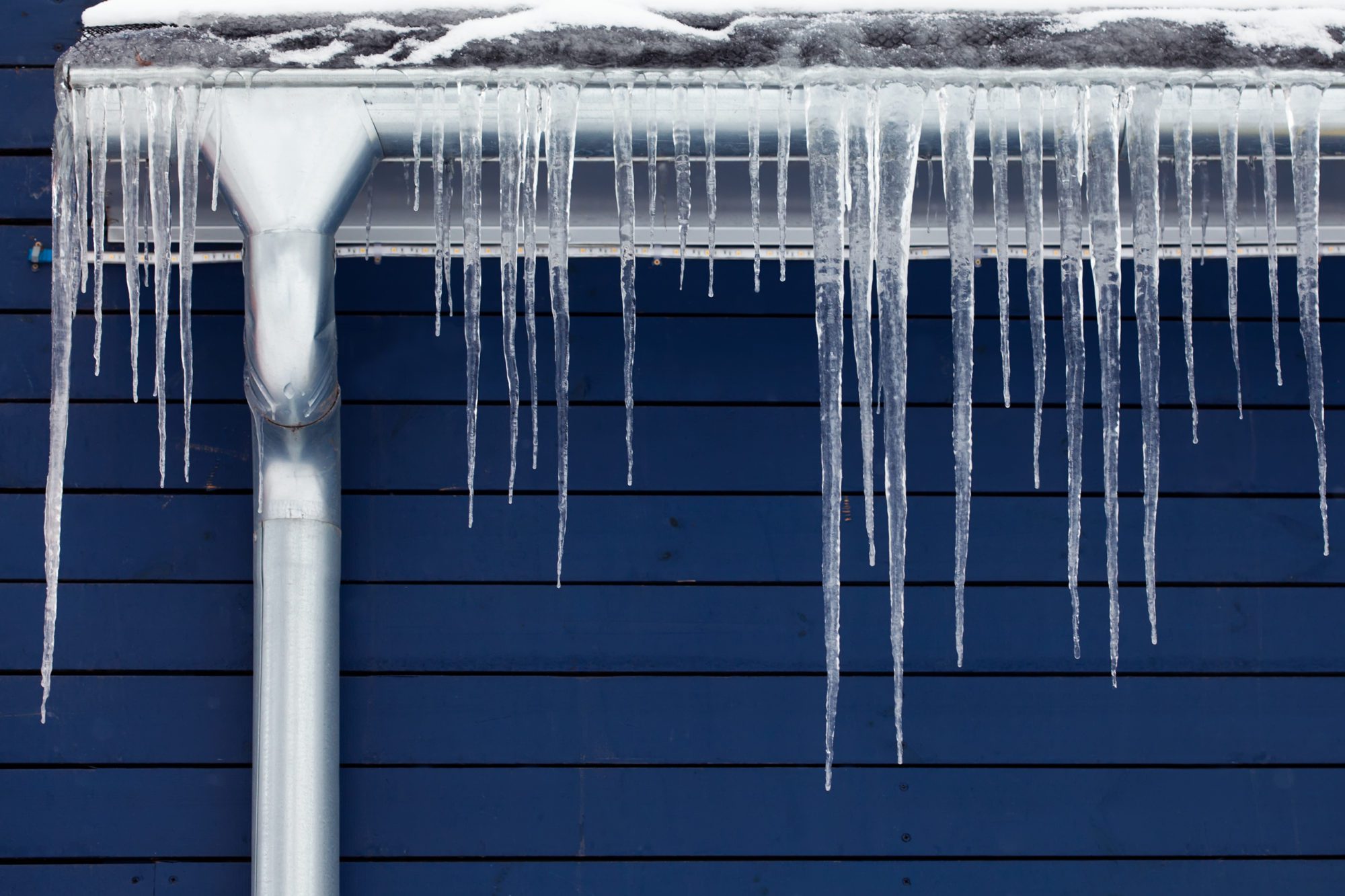Crucial Advice to Protect Against Frozen Plumbing in Cold Weather
Crucial Advice to Protect Against Frozen Plumbing in Cold Weather
Blog Article
They are making a number of good annotation related to How to prepare your home plumbing for winter weather as a whole in the content down below.

Winter can damage your pipes, specifically by freezing pipes. Right here's exactly how to prevent it from happening and what to do if it does.
Introduction
As temperatures decline, the risk of icy pipes boosts, possibly resulting in expensive repair services and water damage. Recognizing exactly how to prevent frozen pipelines is important for house owners in cool climates.
Prevention Tips
Protecting at risk pipes
Wrap pipes in insulation sleeves or utilize warmth tape to protect them from freezing temperature levels. Concentrate on pipes in unheated or exterior areas of the home.
Home heating techniques
Maintain interior rooms appropriately heated up, specifically locations with plumbing. Open up cupboard doors to permit cozy air to distribute around pipes under sinks.
Exactly how to identify icy pipelines
Look for lowered water flow from faucets, unusual odors or sounds from pipes, and noticeable frost on revealed pipelines.
Long-Term Solutions
Architectural adjustments
Take into consideration rerouting pipes far from outside walls or unheated locations. Add additional insulation to attic rooms, cellars, and crawl spaces.
Upgrading insulation
Purchase premium insulation for pipelines, attic rooms, and walls. Proper insulation assists preserve regular temperature levels and minimizes the risk of frozen pipes.
Shielding Outdoor Pipes
Yard tubes and outdoor taps
Separate and drain yard pipes before winter season. Mount frost-proof faucets or cover outdoor taps with protected caps.
Understanding Frozen Pipes
What triggers pipelines to freeze?
Pipelines ice up when revealed to temperatures below 32 ° F (0 ° C) for expanded periods. As water inside the pipelines ices up, it expands, putting pressure on the pipe walls and possibly causing them to rupture.
Risks and problems
Frozen pipes can cause supply of water disruptions, residential property damages, and expensive repairs. Ruptured pipelines can flood homes and create substantial structural damages.
Indications of Frozen Pipeline
Identifying frozen pipes early can stop them from bursting.
What to Do If Your Pipelines Freeze
Immediate activities to take
If you think icy pipes, keep taps available to relieve pressure as the ice melts. Utilize a hairdryer or towels taken in warm water to thaw pipelines slowly.
Conclusion
Protecting against icy pipes needs aggressive measures and quick reactions. By understanding the reasons, signs, and preventive measures, homeowners can secure their pipes during cold weather.
5 Ways to Prevent Frozen Pipes
Drain Outdoor Faucets and Disconnect Hoses
First, close the shut-off valve that controls the flow of water in the pipe to your outdoor faucet. Then, head outside to disconnect and drain your hose and open the outdoor faucet to allow the water to completely drain out of the line. Turn off the faucet when done. Finally, head back to the shut-off valve and drain the remaining water inside the pipe into a bucket or container. Additionally, if you have a home irrigation system, you should consider hiring an expert to clear the system of water each year.
Insulate Pipes
One of the best and most cost-effective methods for preventing frozen water pipes is to wrap your pipes with insulation. This is especially important for areas in your home that aren’t exposed to heat, such as an attic. We suggest using foam sleeves, which can typically be found at your local hardware store.
Keep Heat Running at 65
Your pipes are located inside your walls, and the temperature there is much colder than the rest of the house. To prevent your pipes from freezing, The Insurance Information Institute suggests that you keep your home heated to at least 65 degrees, even when traveling. You may want to invest in smart devices that can keep an eye on the temperature in your home while you’re away.
Leave Water Dripping
Moving water — even a small trickle — can prevent ice from forming inside your pipes. When freezing temps are imminent, start a drip of water from all faucets that serve exposed pipes. Leaving a few faucets running will also help relieve pressure inside the pipes and help prevent a rupture if the water inside freezes.
Open Cupboard Doors
Warm your kitchen and bathroom pipes by opening cupboards and vanities. You should also leave your interior doors ajar to help warm air circulate evenly throughout your home.

I found that piece of writing about Prevent Frozen Pipes while doing a lookup on the internet. Sharing is nice. Who knows, you may be helping someone out. Thanks for your time spent reading it.
Call Today Report this page